Hygro-Thermo-Mechanical Responses of Balsa Wood Core Sandwich Composite Beam Exposed to Fire
Abstract
1. Introduction
2. Experiment Set-Up
2.1. Sandwich Composite Materials
2.2. Experimental Measurements
2.2.1. Water Absorption Measurements
2.2.2. Mass Loss Kinetic Measurements
2.2.3. Mechanical Property Measurement
3. Experimental Results
3.1. Moisture Diffusion
3.2. Mass Loss Kinetic
3.3. Post-Hygro-Thermo-Mechanical Properties
4. Conclusions
Author Contributions
Funding
Acknowledgments
Conflicts of Interest
References
- Lua, J. Hybrid Progressive Damage Prediction Model for Loaded Marine Sandwich Composite Structures Subjected to a Fire. Fire Technol. 2011, 47, 851–885. [Google Scholar] [CrossRef]
- Mouritz, A.; Mathys, Z.; Gardiner, C. Thermomechanical modelling the fire properties of fibre–polymer composites. Compos. Part B Eng. 2004, 35, 467–474. [Google Scholar] [CrossRef]
- Ulven, C.A.; Vaidya, U.K. Post-fire low velocity impact response of marine grade sandwich composites. Compos. Part A Appl. Sci. Manuf. 2006, 37, 997–1004. [Google Scholar] [CrossRef]
- Mouritz, A.P.; Feih, S.; Kandare, E.; Mathys, Z.; Gibson, A.G.; Des Jardin, P.E.; Case, S.W.; Lattimer, B.Y. Review of fire structural modelling of polymer composites. Compos. Part A Appl. Sci. Manuf. 2009, 40, 1800–1814. [Google Scholar] [CrossRef]
- Joshi, N.; Muliana, A. Deformation in viscoelastic sandwich composites subject to moisture diffusion. Compos. Struct. 2010, 92, 254–264. [Google Scholar] [CrossRef]
- Legrand, V.; TranVan, L.; Jacquemin, F.; Casari, P. Moisture-uptake induced internal stresses in balsa core sandwich composite plate: Modeling and experimental. Compos. Struct. 2014, 119, 355–364. [Google Scholar] [CrossRef]
- Tranvan, L.; Legrand, V.; Jacquemin, F. Thermal decomposition kinetics of balsa wood: Kinetics and degradation mechanisms comparison between dry and moisturized materials. Polym. Degrad. Stab. 2014, 110, 208–215. [Google Scholar] [CrossRef]
- Mouritz, A.P. Fire resistance of aircraft composite laminates. J. Mater. Sci. Lett. 2003, 22, 1507–1509. [Google Scholar] [CrossRef]
- Sereir, Z.; Adda-bedia, E.A.; Boualem, N. The evolution of transverse stresses in hybrid composites under hygrothermal loading. Mater. Des. 2011, 32, 3120–3126. [Google Scholar] [CrossRef]
- Sinmazçelik, T.; Avcu, E.; Bora, M.Ö.; Çoban, O. A review: Fibre metal laminates, background, bonding types and applied test methods. Mater. Des. 2011, 32, 3671–3685. [Google Scholar] [CrossRef]
- Frostig, Y. Hygothermal (environmental) effects in high-order bending of sandwich beams with a flexible core and a discontinuous skin. Compos. Struct. 1997, 37, 205–221. [Google Scholar] [CrossRef]
- Le Duigou, A.; Deux, J.M.; Davies, P.; Baley, C. PLLA/flax mat/balsa bio-sandwich manufacture and mechanical properties. Appl. Compos. Mater. 2011, 18, 421–438. [Google Scholar] [CrossRef]
- Steeves, C.A.; Fleck, N.A. Collapse mechanisms of sandwich beams with composite faces and a foam core, loaded in three-point bending. Part II: Experimental investigation and numerical modelling. Int. J. Mech. Sci. 2004, 46, 585–608. [Google Scholar] [CrossRef]
- Tagarielli, V.L.; Fleck, N.A.; Deshpande, V.S. Collapse of clamped and simply supported composite sandwich beams in three-point bending. Compos. Part B Eng. 2004, 35, 523–534. [Google Scholar] [CrossRef]
- Manalo, A.C.; Aravinthan, T.; Karunasena, W. Flexural behaviour of glue-laminated fibre composite sandwich beams. Compos. Struct. 2010, 92, 2703–2711. [Google Scholar] [CrossRef]
- Zhu, F.; Li, K. Numerical Modeling of Heat and Moisture Through Wet Cotton Fabric Using the Method of Chemical Thermodynamic Law Under Simulated Fire. Fire Technol. 2011, 47, 801–819. [Google Scholar] [CrossRef]
- Voss, M.; Wannicke, N.; Deutsch, B.; Bronk, D.; Sipler, R.; Purvaja, R.; Ramesh, R.; Rixen, T. Internal Cycling of Nitrogen and Nitrogen Transformations. In Treatise on Estuarine and Coastal Science; Academic Press: Cambridge, MA, USA, 2012; ISBN 9780080878850. [Google Scholar]
- Gigliotti, M.; Jacquemin, F.; Vautrin, A. Assessment of approximate models to evaluate transient and cyclical hygrothermoelastic stress in composite plates. Int. J. Solids Struct. 2007, 44, 733–759. [Google Scholar] [CrossRef]
- Choi, H.S.; Jang, Y.H. Bondline strength evaluation of cocure/precured honeycomb sandwich structures under aircraft hygro and repair environments. Compos. Part A Appl. Sci. Manuf. 2010, 41, 1138–1147. [Google Scholar] [CrossRef]
- Abot, J.L.; Yasmin, A.; Daniel, I.M. Hygroscopic behavior of woven fabric carbon-Epoxy composites. J. Reinf. Plast. Compos. 2005, 24, 195–207. [Google Scholar] [CrossRef]
- Fiore, V.; Di Bella, G.; Valenza, A. Glass-basalt/epoxy hybrid composites for marine applications. Mater. Des. 2011, 32, 2091–2099. [Google Scholar] [CrossRef]
- Steeves, C.A.; Fleck, N.A. Material selection in sandwich beam construction. Scr. Mater. 2004, 50, 1335–1339. [Google Scholar] [CrossRef]
- Bažant, Z.P.; Beghini, A. Sandwich buckling formulas and applicability of standard computational algorithm for finite strain. Compos. Part B Eng. 2004, 35, 573–581. [Google Scholar] [CrossRef]
- Reyes, G.; Rangaraj, S. Fracture properties of high performance carbon foam sandwich structures. Compos. Part A Appl. Sci. Manuf. 2011, 42, 1–7. [Google Scholar] [CrossRef]
- Chen, C.; Harte, A.M.; Fleck, N.A. Plastic collapse of sandwich beams with a metallic foam core. Int. J. Mech. Sci. 2001, 43, 1483–1506. [Google Scholar] [CrossRef]
- Chen, H.; Miao, M.; Ding, X. Influence of moisture absorption on the interfacial strength of bamboo/vinyl ester composites. Compos. Part A Appl. Sci. Manuf. 2009, 40, 2013–2019. [Google Scholar] [CrossRef]
- Le Lay, F.; Gutierrez, J. Improvement of the fire behaviour of composite materials for naval application. Polym. Degrad. Stab. 1999, 64, 397–401. [Google Scholar] [CrossRef]
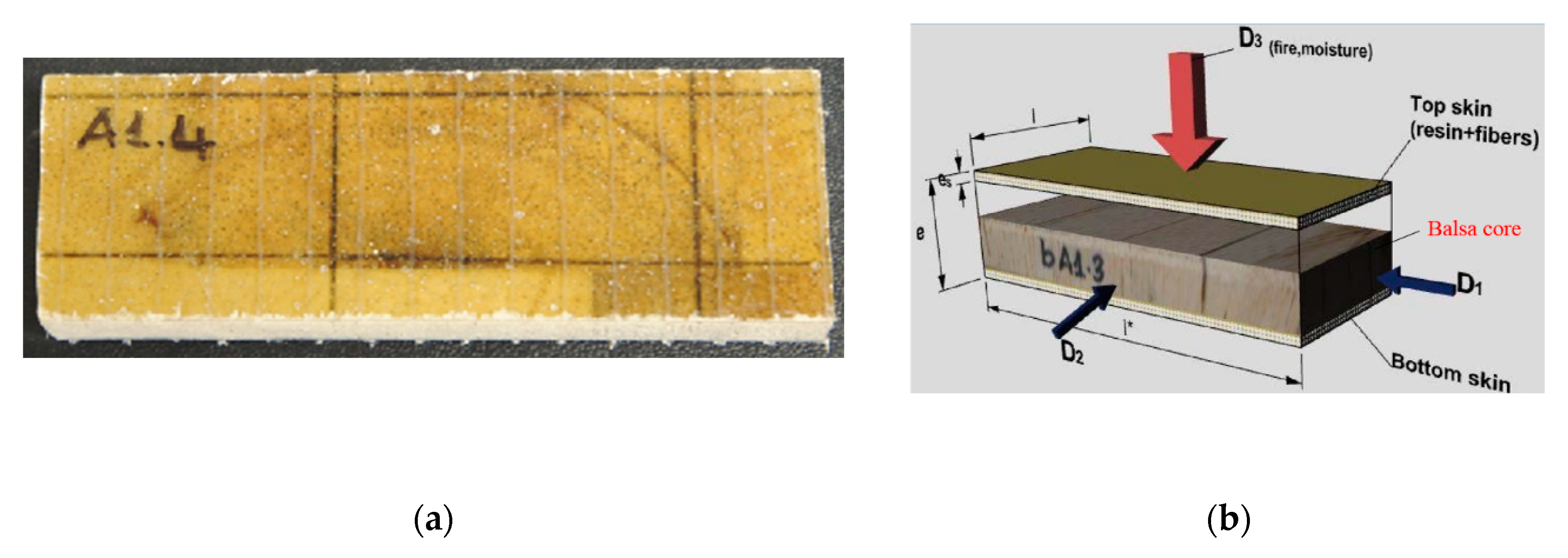
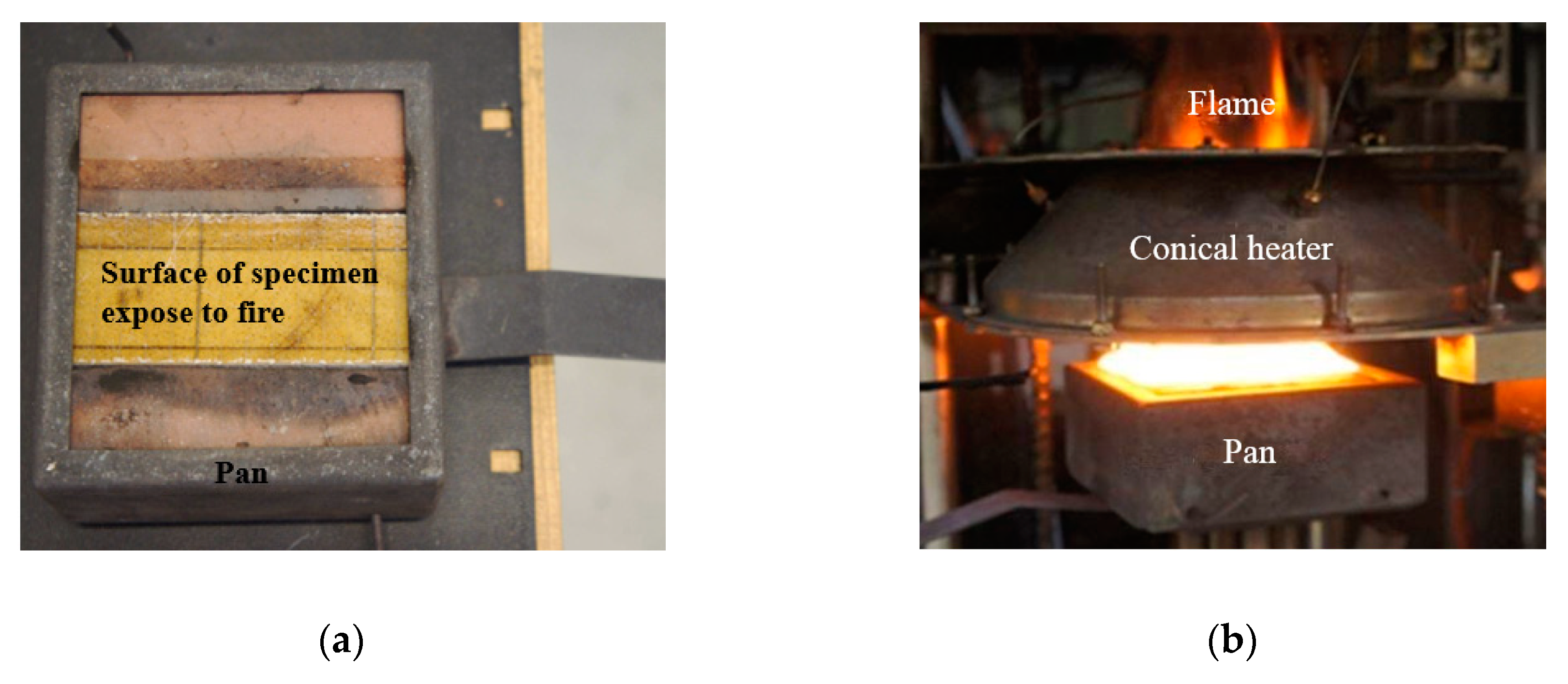
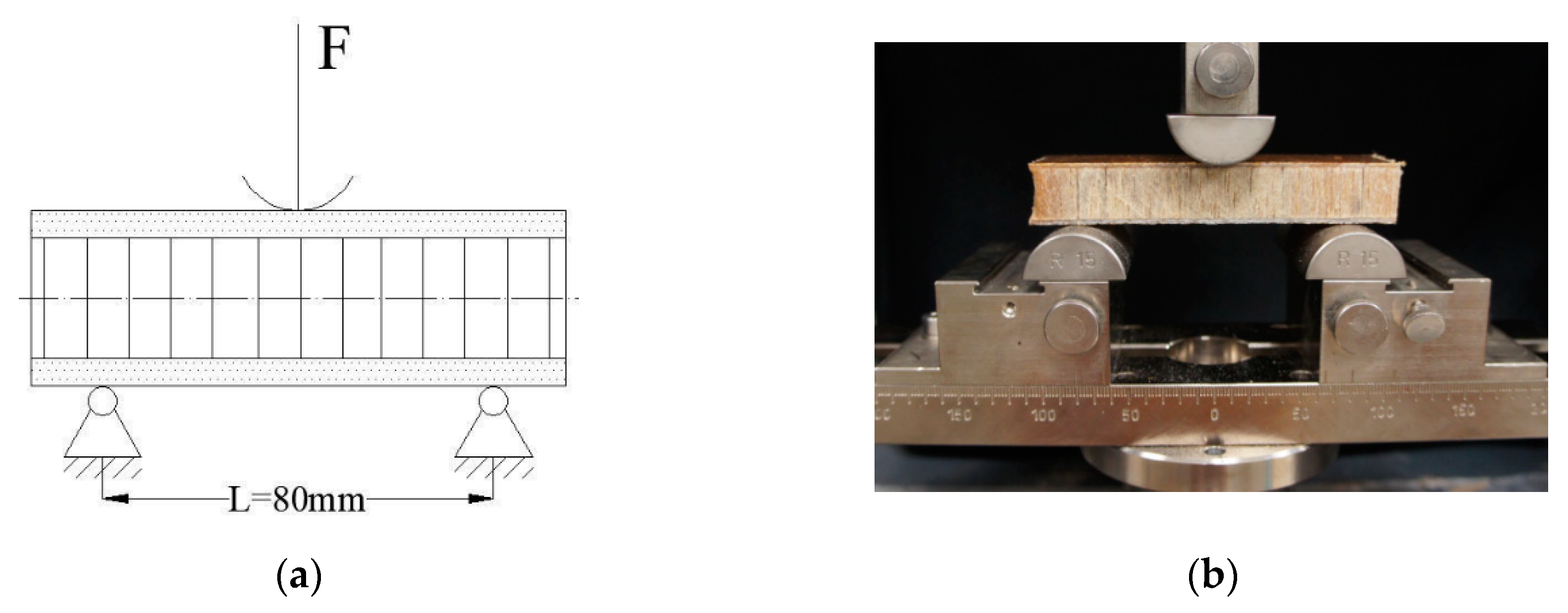
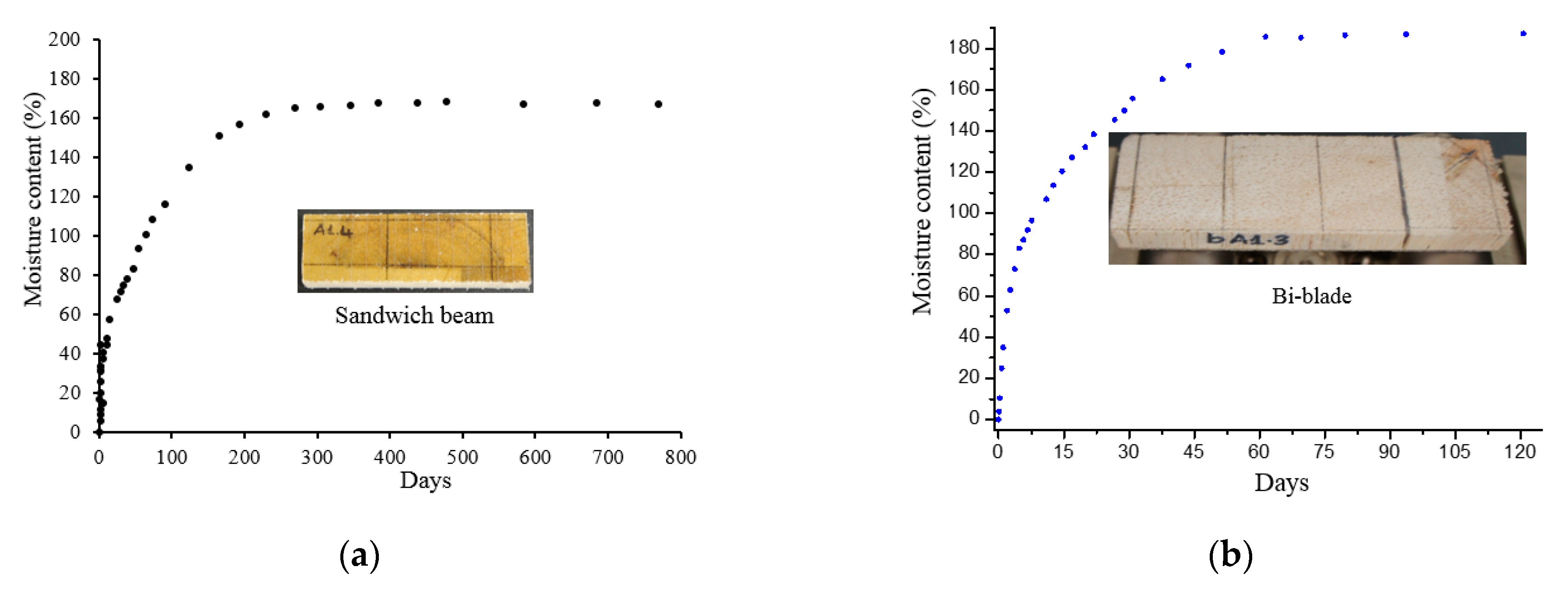
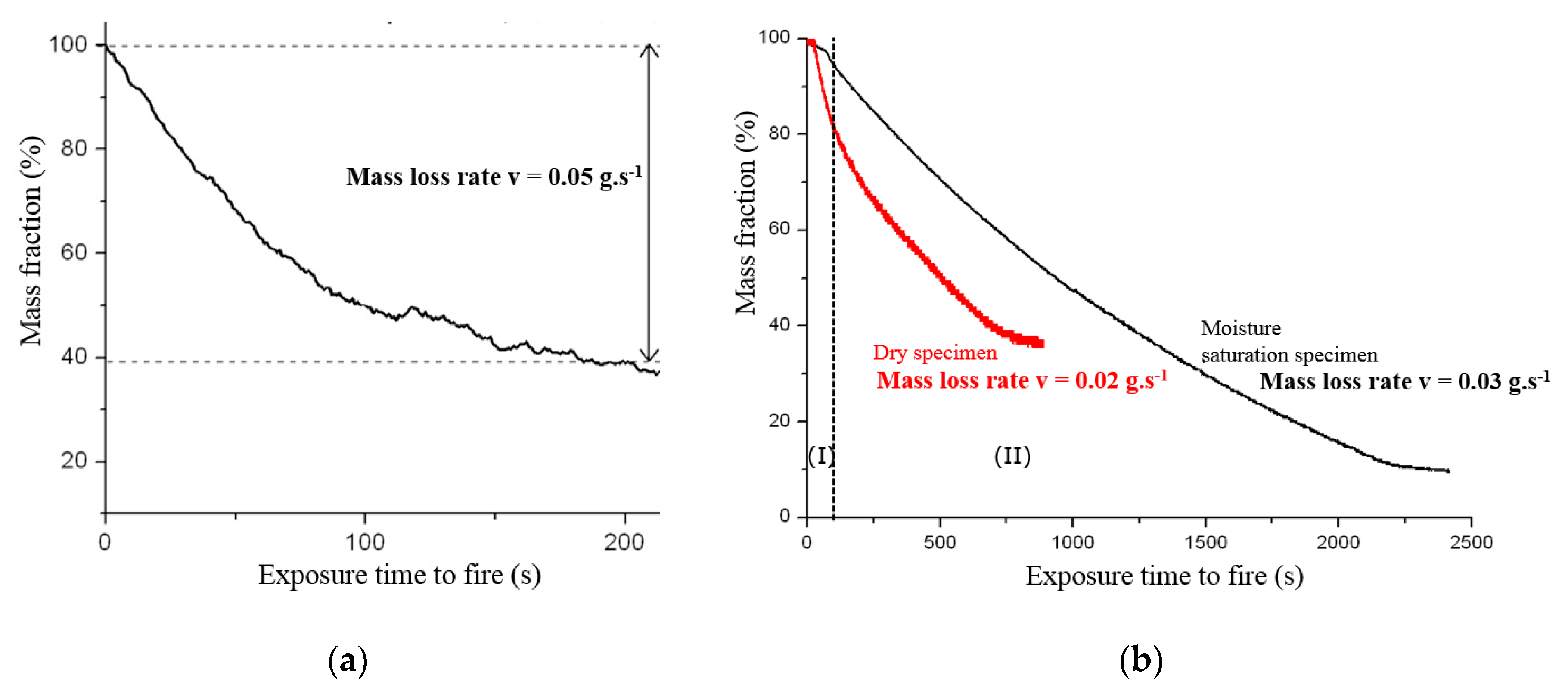
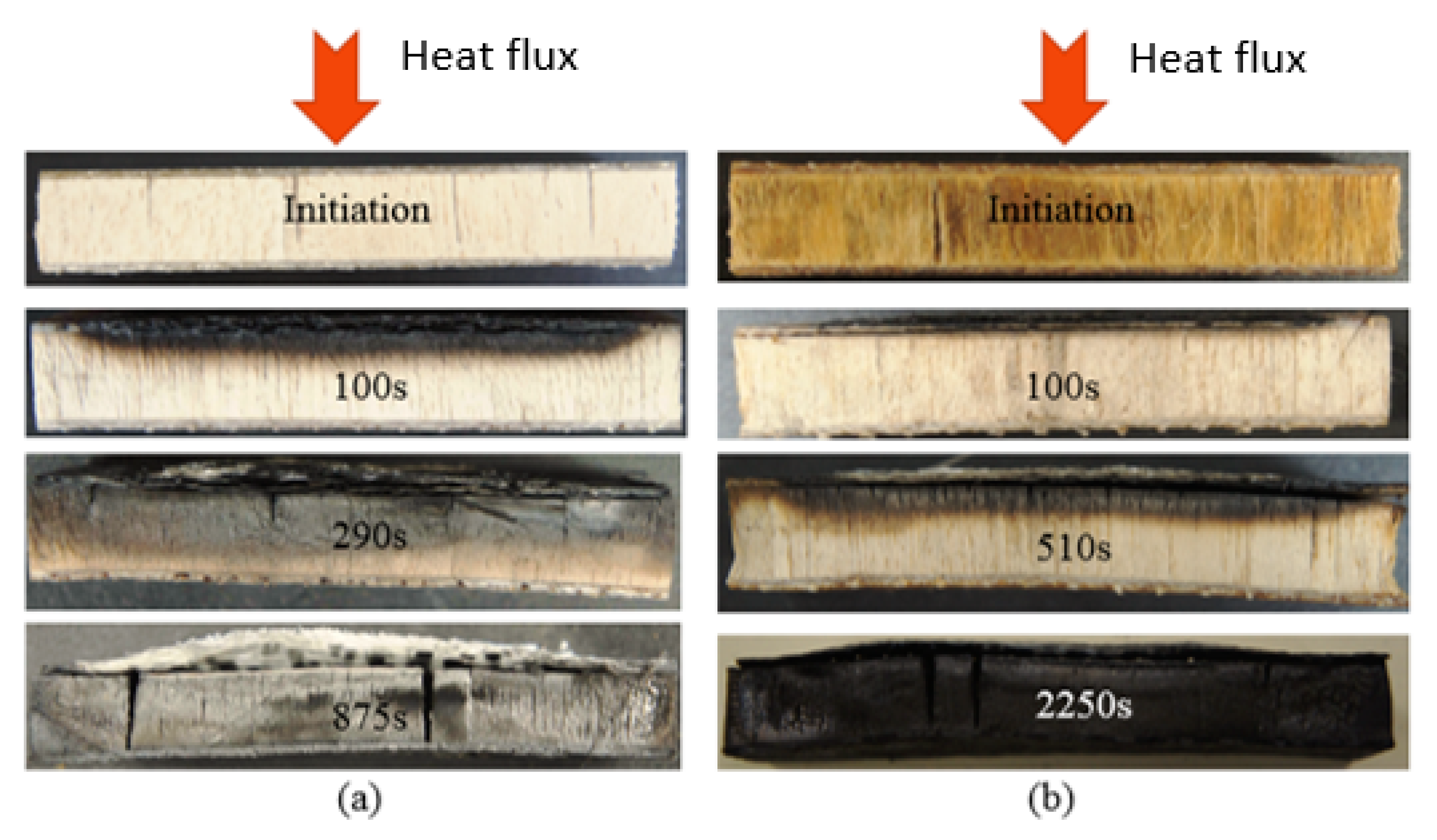
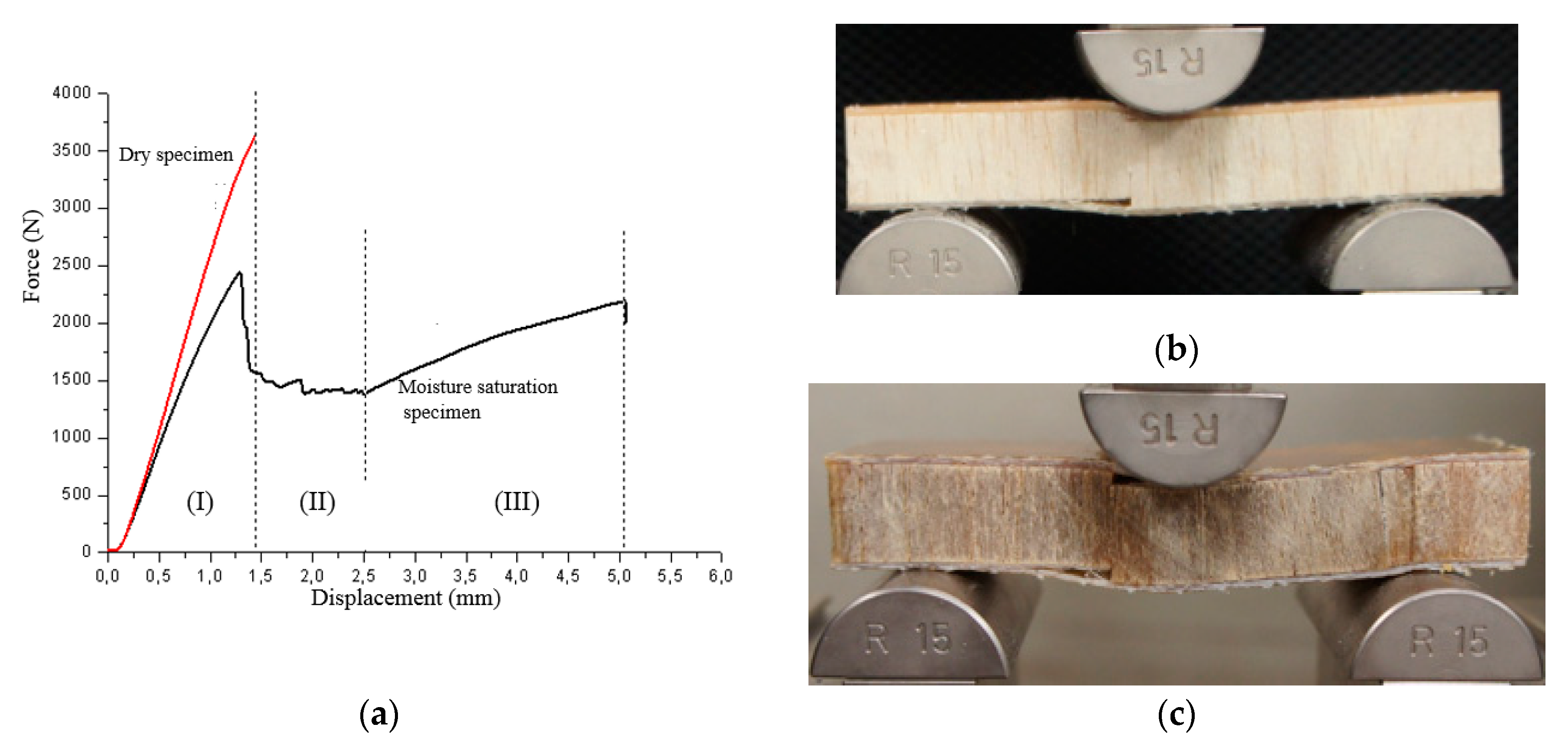
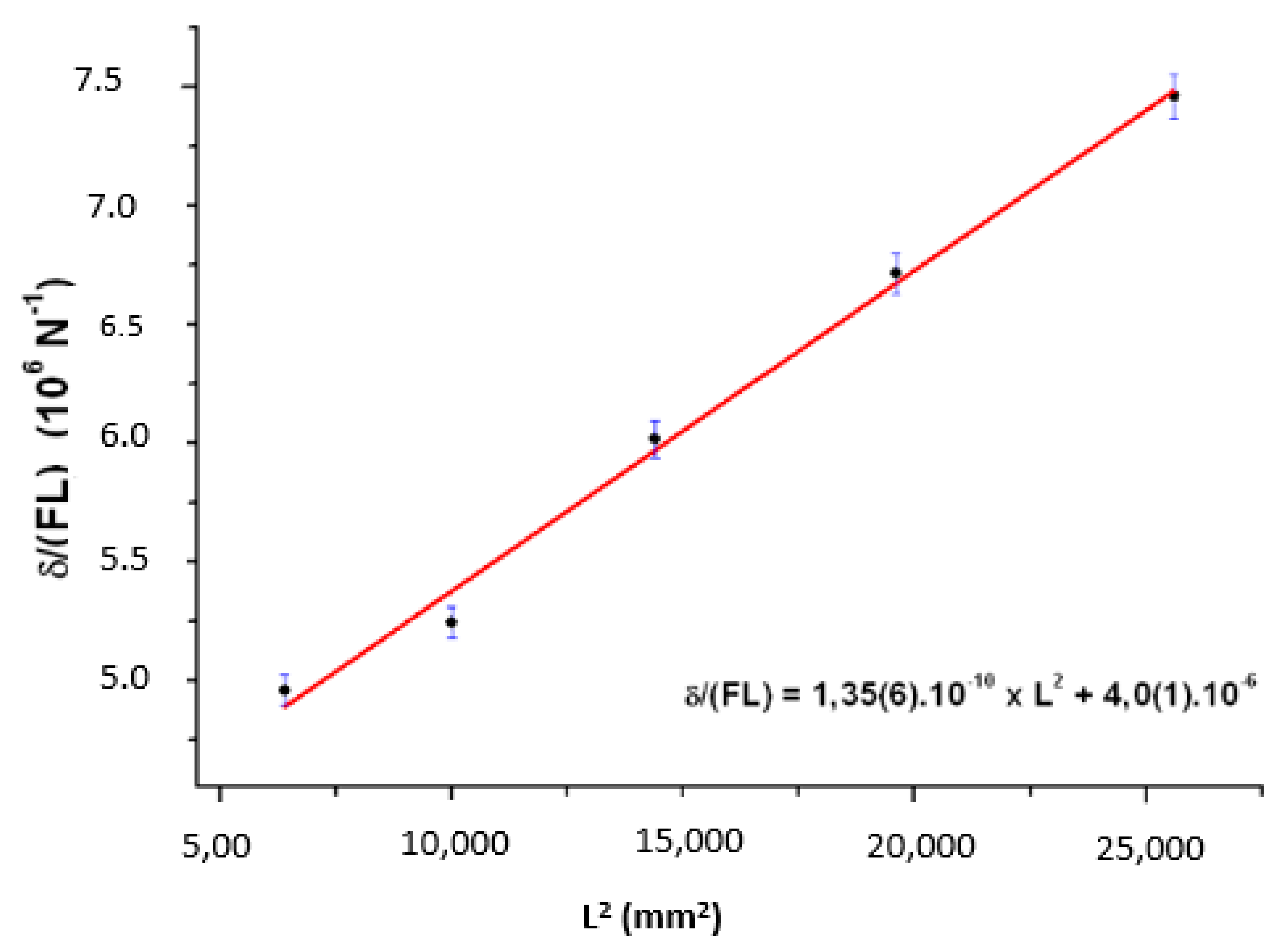
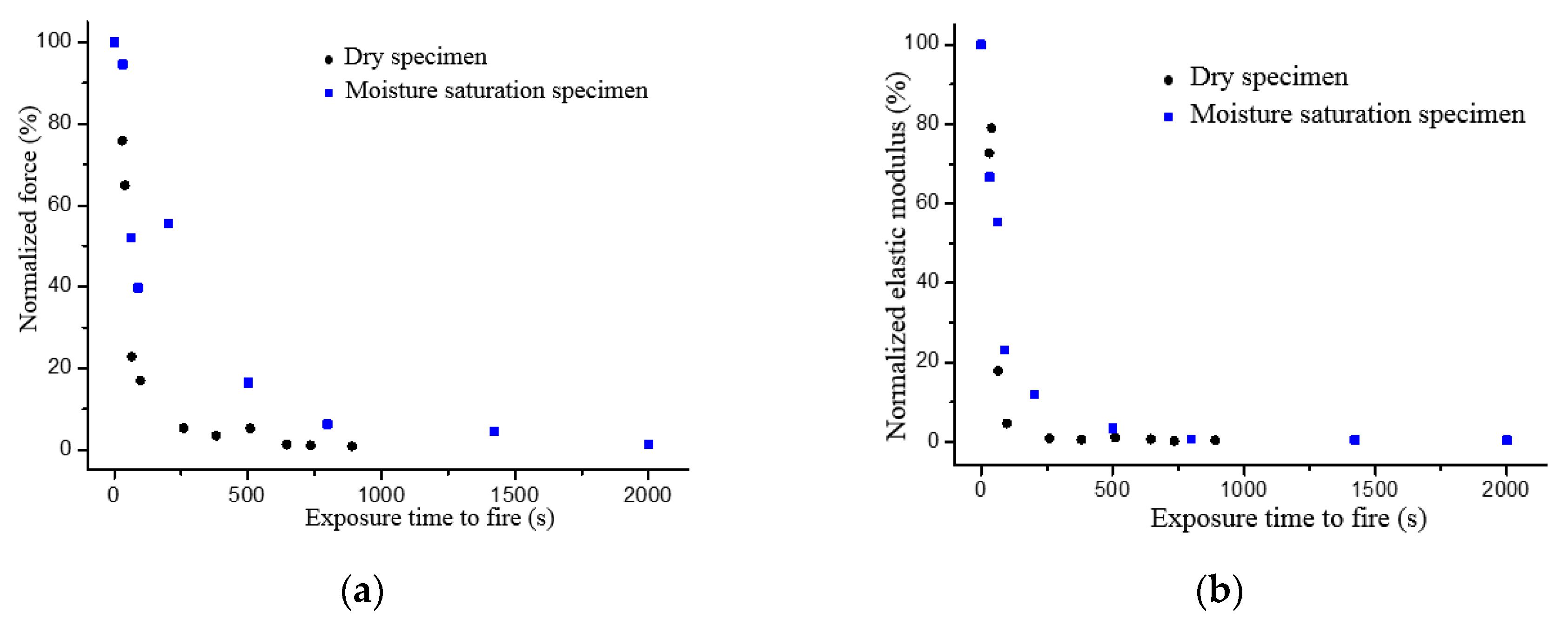

© 2020 by the authors. Licensee MDPI, Basel, Switzerland. This article is an open access article distributed under the terms and conditions of the Creative Commons Attribution (CC BY) license (http://creativecommons.org/licenses/by/4.0/).
Share and Cite
TranVan, L.; Legrand, V.; Casari, P.; Sankaran, R.; Show, P.L.; Berenjian, A.; Lay, C.-H. Hygro-Thermo-Mechanical Responses of Balsa Wood Core Sandwich Composite Beam Exposed to Fire. Processes 2020, 8, 103. https://doi.org/10.3390/pr8010103
TranVan L, Legrand V, Casari P, Sankaran R, Show PL, Berenjian A, Lay C-H. Hygro-Thermo-Mechanical Responses of Balsa Wood Core Sandwich Composite Beam Exposed to Fire. Processes. 2020; 8(1):103. https://doi.org/10.3390/pr8010103
Chicago/Turabian StyleTranVan, Luan, Vincent Legrand, Pascal Casari, Revathy Sankaran, Pau Loke Show, Aydin Berenjian, and Chyi-How Lay. 2020. "Hygro-Thermo-Mechanical Responses of Balsa Wood Core Sandwich Composite Beam Exposed to Fire" Processes 8, no. 1: 103. https://doi.org/10.3390/pr8010103
APA StyleTranVan, L., Legrand, V., Casari, P., Sankaran, R., Show, P. L., Berenjian, A., & Lay, C.-H. (2020). Hygro-Thermo-Mechanical Responses of Balsa Wood Core Sandwich Composite Beam Exposed to Fire. Processes, 8(1), 103. https://doi.org/10.3390/pr8010103







